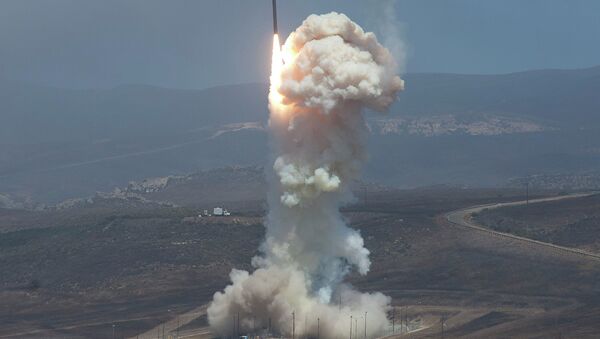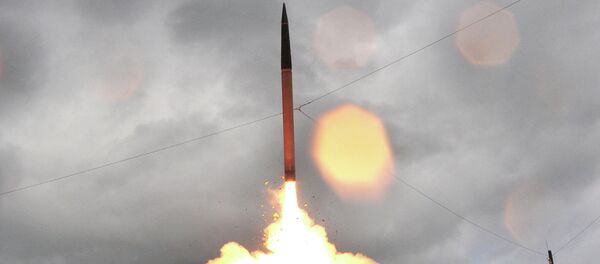The US Ground-based Midcourse Defense system [GMD] is comprised of radar for intercepting incoming warheads and ground-based interceptor missiles, which are fired from underground silos located at Fort Greely, Alaska, and Vandenberg Air Force Base, California.
The GMD program experienced a number of setbacks in fiscal year 2014 that increased risks to the program’s goal, according to the May 6 report, which reads:
"An assessment conducted by the Defense Contract Management Agency found that any deviation from the program’s kill vehicle delivery schedule of one kill vehicle per month could jeopardize the program’s chances of meeting its goal of fielding 44 interceptors by 2017."
As a result, the report found that all 33 of the interceptors currently deployed as part of the system have the faulty thruster. Despite the "known performance issues," the eight additional interceptors that will be deployed this year will also have the same faulty component.
The improper soldering, "which could have far reaching effects because of the component’s power and data interfaces with the kill vehicle’s IMU," was assessed by the Missile Defense Agency, but the MDA decided to accept the faulty component in an effort to mitigate the delays in deploying the interceptors, a decision which "increased the risk for future reliability failures."
The GMD program was first ordered by President Bush in 2002 and is designed to defend against a nuclear attack launched by a country with a limited nuclear arsenal such as North Korea or Iran, or a terrorist attack.
Costing more than $40 billion to date, the program was rushed through the testing process and into operation, which exempted it from the Pentagon's standard testing procedure. In about half of the tests carried out to date using the GMD, the interceptors have failed to hit the mock enemy warheads they were aiming for.




